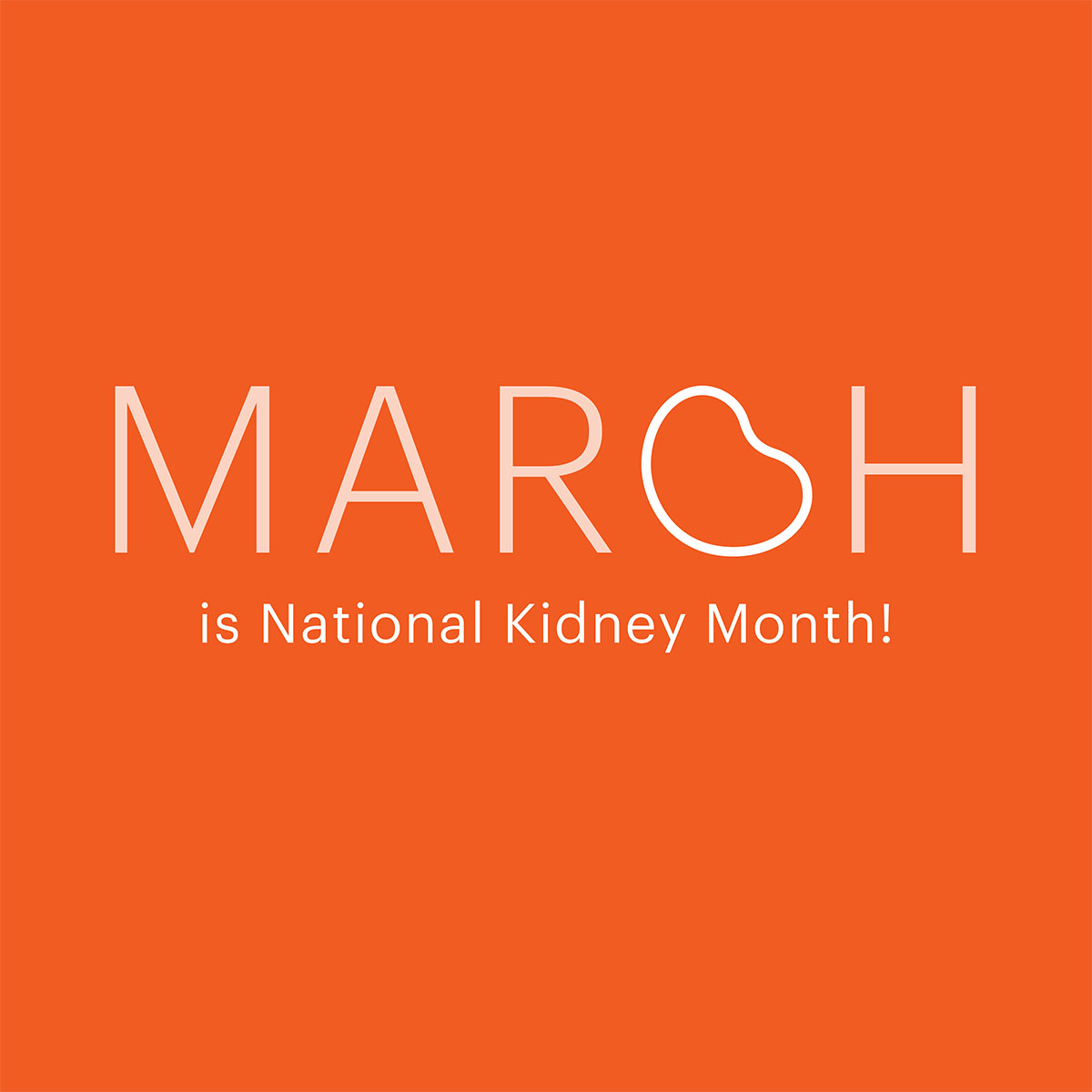What “value” means to me
Every day, approximately 13 people die waiting for a kidney transplant. I am lucky to not be one of them.

What “value” means to me.
Every day, approximately 13 people die waiting for a kidney transplant. I am lucky to not be one of them.

What “value” means to me.
 It’s March, which means it is National Kidney Month. More than 661,000 Americans have kidney failure. Every day, approximately 13 people die waiting for a kidney transplant. I am lucky to not be one of them.
It’s March, which means it is National Kidney Month. More than 661,000 Americans have kidney failure. Every day, approximately 13 people die waiting for a kidney transplant. I am lucky to not be one of them.
Sixteen years ago this month, I received a gift I’d been waiting on for five years – a new kidney. I call it a gift because that’s what it is. It is a gift given to me by a family that made the decision to bring hope to someone else despite their own unimaginable grief.
In some ways, this gift is priceless. But there are ways that this gift can be quantified, and whenever I hear discussions about the “cost” of treating a disease relative to the treatment’s value, I think of my own experience and what that term means to me and many other patients.
Before I received my new kidney, I was on dialysis for five years after my first transplanted kidney failed my freshman year of college. For those who don’t know, dialysis serves as an artificial “kidney.” It cleans the toxins out of your blood and removes the fluid that builds up in your body from eating and drinking. Without dialysis or a successful kidney transplant, patients with kidney failure will die within days.
While dialysis is a lifesaver, it is not a pleasant way to live. Over those five years, my health deteriorated. I was hospitalized often, faced multiple surgeries and experienced all kinds of complications. The costs to the health care system, my family and me were tremendous.
End-stage renal disease (ESRD) patients qualify for Medicare, so unlike many with chronic conditions, I did have some health care coverage. But this was the 90s – there was no Medicare Part D, no requirements that insurers take on patients with preexisting conditions and no coverage through my parents until I turned 26. This meant paying for my own prescription drug costs, of which I needed many, and trying to figure out how I was going to pay for dialysis treatments, surgeries, physician visits and other costs that Medicare only covered up to 80 percent.
Despite all this, I was lucky. I have a supportive family that helped me afford my medicines and my doctor visits. I had wonderful doctors committed to me living as normal a life as possible. I had a dialysis facility and a hospital that took into account not just my income, but also my expenses and other financial obligations when deciding whether or how much to write-off of the 20 percent Medicare would not pay. When I did finally get the call that they had a kidney for me, I did not think about how I was going to pay for it.
All kidney transplants require immunosuppressant therapy for the life of the organ. Thankfully, by the time I received my donated kidney, there were new therapies on the market that provided much better immune suppression and lessened the chance of my body rejecting this new organ.
This is where value comes in.
If you were to quantify the value of my immunosuppressant drugs versus the costs of dialysis and all that goes along with it, the math is simple. Medicare spending alone for patients on dialysis is nearly $84,000 per year. For a patient like me, who does not need dialysis and is now classified as “chronic kidney disease (CKD) stage 3,” that number drops to an average of less than $15,000. In addition, we have to account for the fact that a healthier, stable patient can be a productive and contributing member of the workforce and all that comes with it.
But I, like most patients, do not make simple, quantitative cost/benefit assessments of the treatments we need to survive. We take into account the fact that we don’t have to sit in a chair, hooked up to a machine for 20 hours a week. We celebrate not having to limit our fluid intake and being able to eat bananas, potatoes, oranges and other high-potassium food that can be deadly to dialysis patients. We marvel at surviving a disease that kills nearly 50,000 people each year. We recognize the value that these treatments bring to us in the form of living a healthier, more fulfilling and productive life.
I can only hope that as we look at the cost of innovative, breakthrough therapies, we fully recognize the value these treatments bring to all of us in the form of a better quality of life for us and our families, as well as our health care system and the economy.